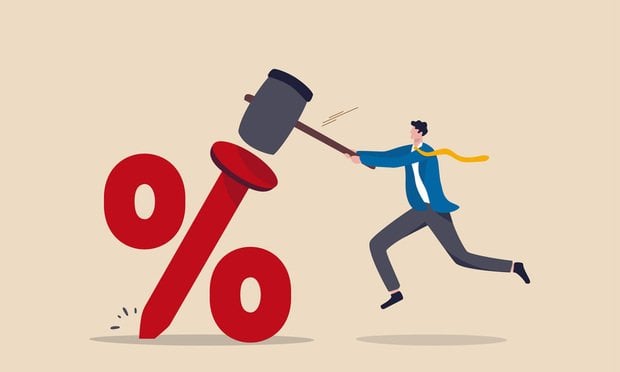There are signs that the extreme spikes in property insurance may be softening. Woodruff Sawyer predicts that there will be only single-digit increases in property and casualty insurance rates next year, while Ivans Insurance Services reported that the pace of increases eased for property insurance in November increasing 9.9%, down from the 10.4% increase in October.
And in general, this year rates for most insurance rose, although at a slower pace than they did the previous two years.
However, issues with inflation, climate and catastrophic loss, and reinsurance could all disrupt the forecast, Woodruff Sawyer said.
Recommended For You
Want to continue reading?
Become a Free ALM Digital Reader.
Once you are an ALM Digital Member, you’ll receive:
- Breaking commercial real estate news and analysis, on-site and via our newsletters and custom alerts
- Educational webcasts, white papers, and ebooks from industry thought leaders
- Critical coverage of the property casualty insurance and financial advisory markets on our other ALM sites, PropertyCasualty360 and ThinkAdvisor
Already have an account? Sign In Now
*May exclude premium content© 2025 ALM Global, LLC, All Rights Reserved. Request academic re-use from www.copyright.com. All other uses, submit a request to [email protected]. For more information visit Asset & Logo Licensing.








